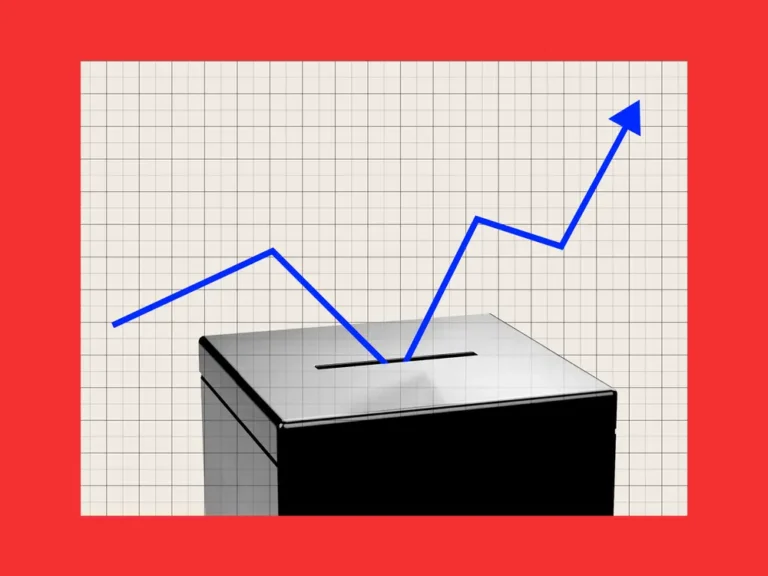The CIO of a hedge fund says he’s betting home prices are going to drop at least 15-20% as consumers start to weaken and ‘smart money’ gets out of the market

- Daniel Bustamante sees at least 15-20% declines in home prices ahead.
- He said weakening consumers would need to eventually sell their homes to make ends meet.
- One sign that consumers are cracking is rising credit card debt delinquencies.
Daniel Bustamante, the hedge-fund CIO who made a fortune shorting Carvana stock last year, is now betting millions of dollars that the housing market will slow significantly.
Bustamante & Co.’s founder claims to have a $13 million cumulative short position in homebuilder stocks such as DR Horton (DHI), KB Home (KBH), and the SPDR S&P Homebuilders ETF (XHB). The wager is based on Bustamante’s belief that a weakening consumer will result in more homes being listed on the market, killing demand for new homes and causing home prices to fall by at least 15-20%.
Bustamante’s forecast for home prices deviates from where most Wall Street economists see the housing market heading. However, he sees signs that American consumers are starting to crack, and he believes that they will eventually need to sell their homes to access the equity they’ve built up in order to pay their bills.
Rising credit card debt, rising auto loan delinquencies, weak retailer earnings, and dwindling savings and checking account balances are some of the indicators of weakening consumers cited by Bustamante.
According to a Federal Reserve study, Americans were on track to spend their excess pandemic savings by the end of last month.
According to LendingTree, the United States now has more than $1 trillion in credit card debt for the first time in history, and a growing percentage of repayments are late. Almost 2.8% of credit card debt is now past due, up from around 1.5% in 2021 and exceeding 2019 highs.
On top of that, tens of millions of Americans’ student loan payments resume this month, and high interest rates will continue to weigh on their wallets.
“The consumer is tapped,” Bustamante said last week on a call with Insider. “Essentially, this is your savings account with a lot of money, and they’re going to have to access that eventually,” he added, referring to homeowners’ equity.
Bustamante believes an increase in home listings is already underway. While active inventory remains low, about half of what it was in 2016, it has increased by 24% on a national level since April. Bustamante provided anecdotal evidence of what he sees in Maricopa County, Arizona: Last week, 70 new homes hit the market, a 350% increase from the previous week.
He also mentioned that foreclosure filings are on the rise. According to ATTOM, a real-estate data company, foreclosure filings increased by 28% between Q2 2023 and Q3 2023.
Another sign that the housing market may be in trouble is that institutional investors, or “smart money,” are increasingly refraining from purchasing residential properties, he said.
According to Redfin data, investor purchases fell 45% year on year in Q2 and 48% year on year in Q1, the largest drop since 2008.
Again, Bustamante sees significant downward pressure on home prices in the near future.
“Nationwide, I think 15-20% is conservative, to be honest,” Bustamante said. “If you look at how fast housing rose — it rose with inflation — people never look at the downside risk.”
However, this is without a recessionary scenario in which unemployment rises significantly. If that occurs, he believes the price drops will be comparable to those seen during the mid-2000s crash, when prices fell 27%, according to the S&P CoreLogic Case-Shiller U.S. National Home Price Index.
He also warned of a possible scenario in which falling prices scare more homeowners into selling, contributing to a recession.
Wall Street has become quieter in recent months, as job and consumer spending data have held up. However, historically reliable recession indicators, such as the Treasury yield curve, continue to point to a downturn. Based on the yield curve, the Fed’s own recession probability model now predicts a 56% chance of a recession in the next 12 months.






